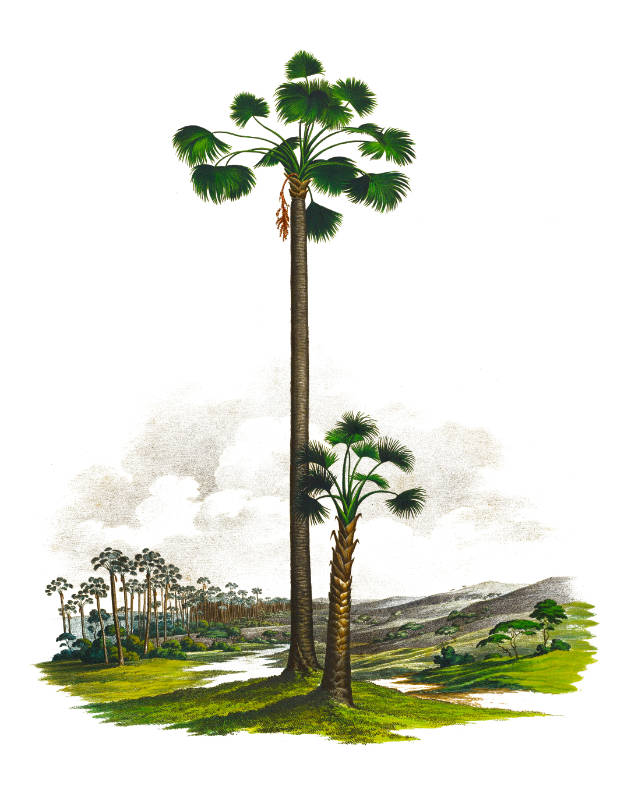The plant range is the geographic area in which it grows naturally or in the wild. This distribution is influenced by various factors, including climate, soil conditions, elevation, and other ecological features.
A plant’s range varies considerably based on its species and environmental requirements. Some plants have broad distributions and flourish on various continents or areas. Others have more limited ranges, confined to specific habitats or ecosystems.
Plant species’ ranges can be categorized as follows:
- The global range of plant species includes continents, countries, and vast regions.
- Regional Range: The exact geographic area within a specific region or continent where the plant species can be found, which may include states/provinces, counties, or smaller geographical subdivisions.
- Local Range: The smaller geographic area within a certain ecosystem, habitat, or locale where the plant species can be found.
Knowing a plant’s distribution is essential for conservation, habitat restoration, and gardening or landscaping. It enables researchers and land managers to evaluate plant population status, identify conservation priorities, and make informed plant selection and management decisions. Furthermore, understanding a plant’s range allows gardeners and horticulturists to select species appropriate for the local climate and environmental conditions.

Plant Habit
You may also be interested in plant habits, which refer to a plant’s distinctive growth form or shape, which varies significantly between species and a plant’s hardiness zone.
USDA Hardiness Zones
The USDA Hardiness Zone Map divides the United States and Canada into zones based on the average annual lowest winter temperature. Considering the local climate, gardeners and horticulturists use these zones to decide which plants will likely grow in their region. The UK has a different system.
